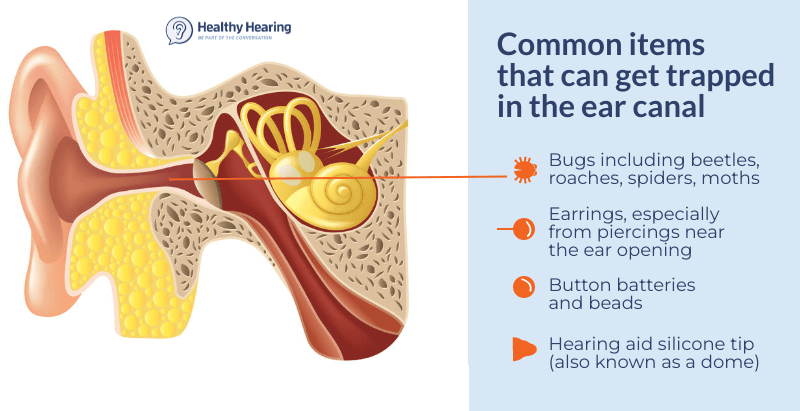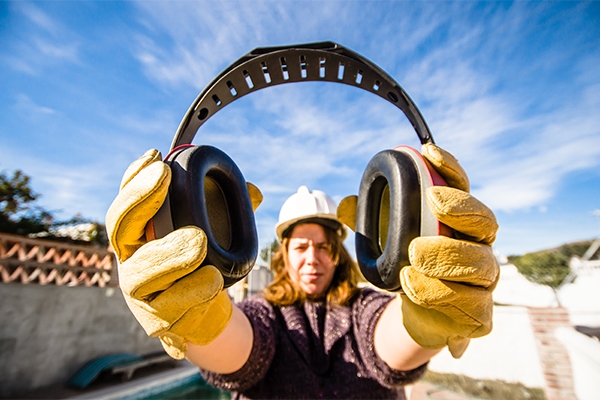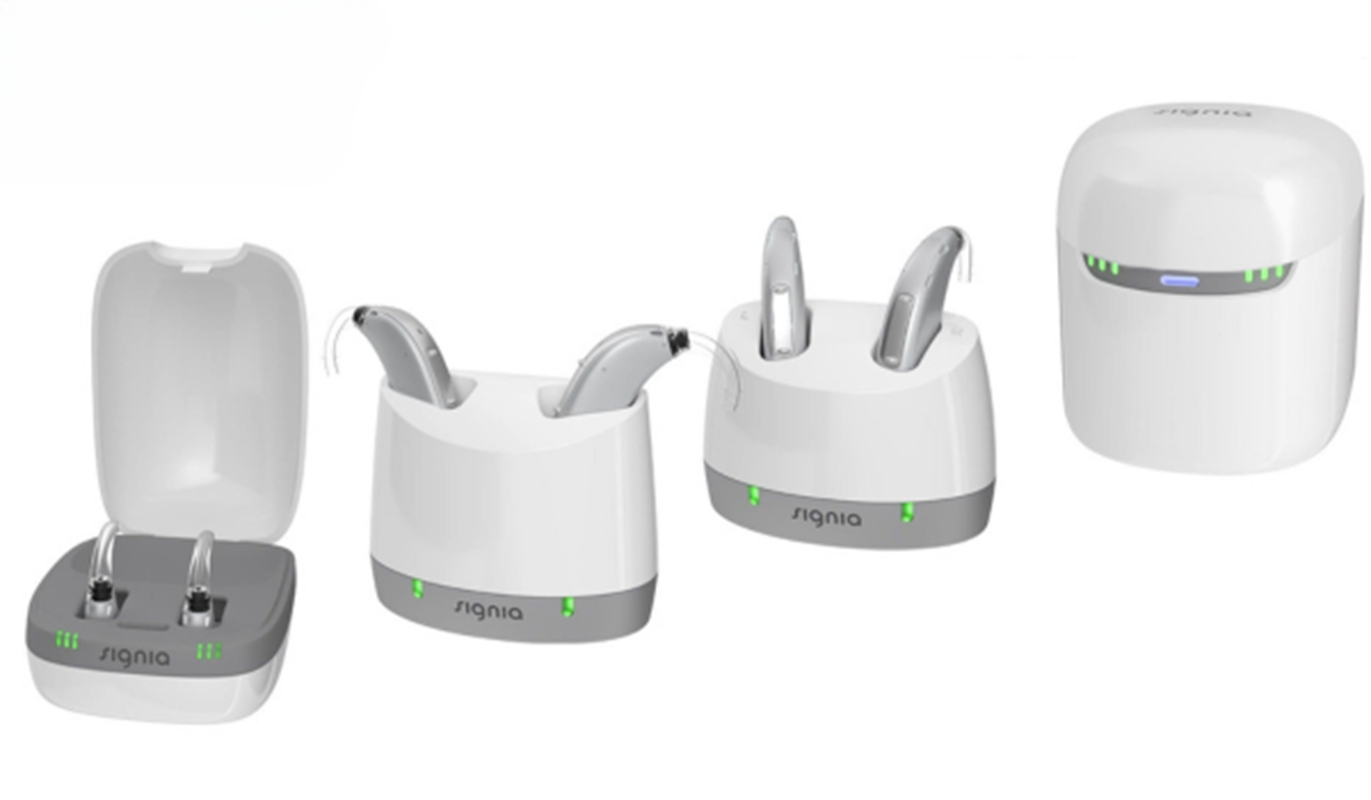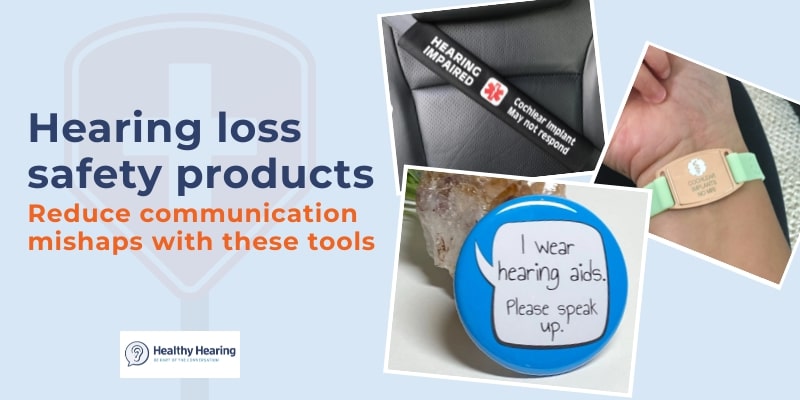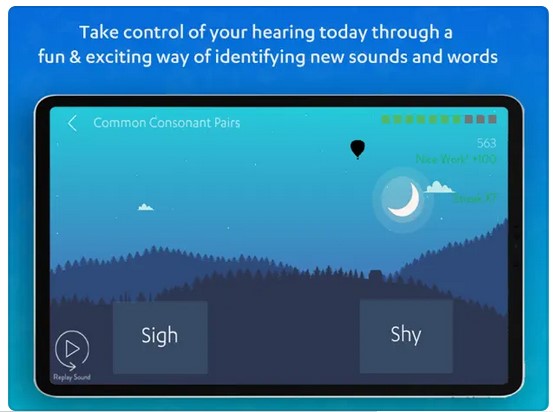Key points:
-
Small objects, including bugs, can get trapped in human ears.
-
While unsettling, this is usually not harmful.
-
At-home methods can sometimes remove it. But a doctor's help may be necessary.
Steps to remove a bug from your ear
- Stay calm and avoid touching your ear or putting anything inside it. (Rubbing or pressing vigorously on your ear can only make the problem worse. So too can suddenly shoving something in your ear in a frantic attempt to remove the foreign object.)
- Lay on your side, with the affected ear facing up.
- Pour warm mineral oil or vegetable oil in your ear until it's full.
- Wait five to 10 minutes—this is to ensure the bug (and any larvae - yes, we're sorry to say) has died.
- Then gently turn your head and let the oil seep out. Gently pull on your ear to help move things around. Hopefully the bug will fall out.
- If not, next flush your ear with a 1:1 mixture of hydrogen peroxide and water (or rubbing alcohol and water) to rinse your ear out.
- If the bug still doesn't emerge, it's time to get to urgent care or the ENT office. They have tools—special scopes and tiny forceps—to get the job done.
For kids or others who need extra help: You can follow the same steps, but if your little one isn't cooperative, which is understandable, get them to the doctor ASAP. Do not stick anything in their ears. If your child has tubes in her ears due to chronic ear infections, take her to the doctor instead.
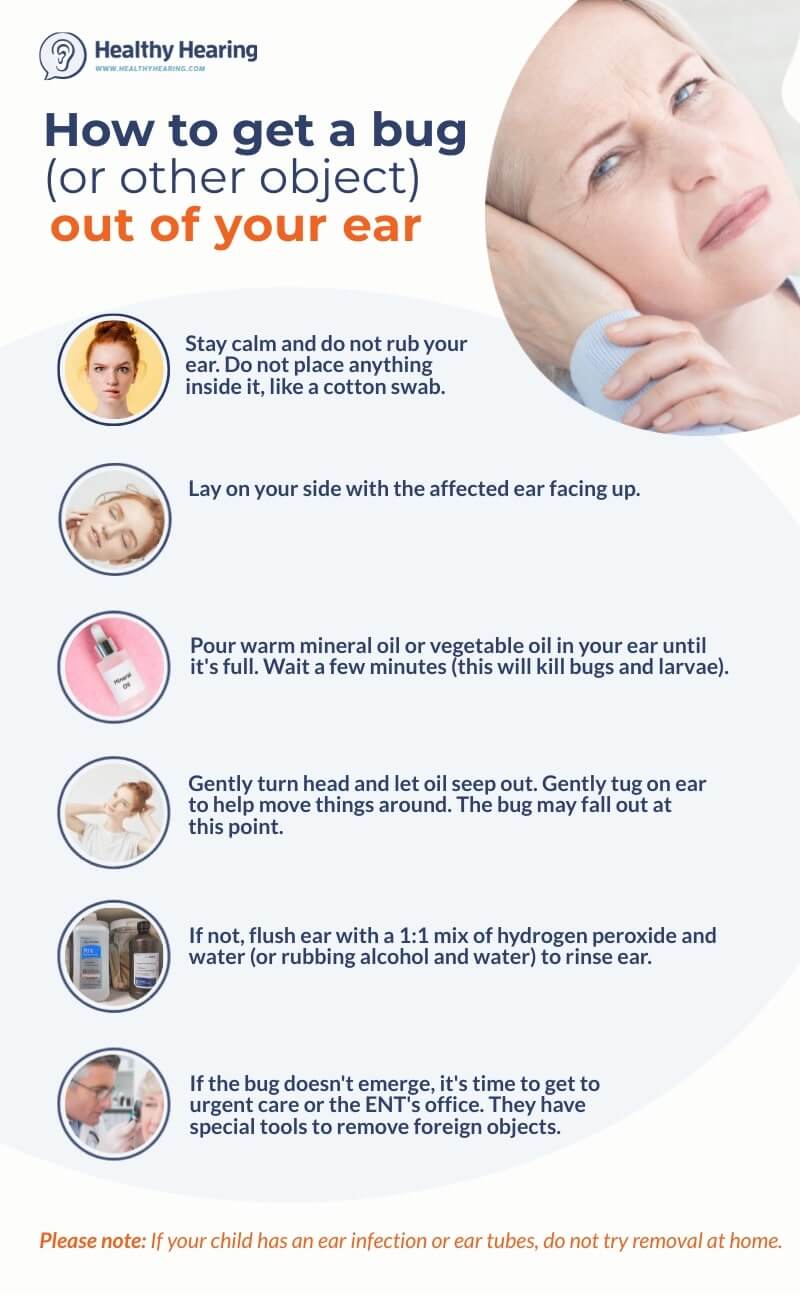
Note: If you suspect your eardrum is damaged, don't try any home remedy. Signs of a ruptured eardrum include hearing loss and pain.
How to know if it's a bug
If something is moving around or making noise in your ear, chances are, yes indeed, a bug has crawled inside.
This is more likely to happen if you sleep on the floor or outside, but it can happen to anyone.
Which bugs are common? Smaller German cockroaches in particular are known for crawling inside ears in search of food or shelter. Yes, gross! But there are also reports of flies, ticks, spiders, moths and other small bugs making their way in and not being able to get out. Take comfort in knowing you're not the first person to have this happen, and you won't be the last.
Common objects that can get stuck
Besides insects, anything that's smaller than the ear canal can become stuck. The most common objects are those already found near the ear.
- Small earrings or broken earrings
- Earring backs
- Other piercings and piercing parts
- Earbuds, earplugs, etc.
- Beads and stickers
- Tiny toys
- Food and food particles. Because this can decay and cause infection, prompt removal is key.
- Water from swimming or diving (follow these instructions if water is stuck in your ear)
A special note about "button" batteries: If a tiny button battery has fallen inside the ear, seek medical help immediately. These batteries can leak harmful chemicals and severely damage the ear. Do not put any liquids in the ear. More on storing and using button batteries safely.
Hearing aid parts can get stuck (though it's rare)
Many people wear behind-the-ear hearing aids with a speaker (receiver) that sits in the ear canal, known as receiver-in-ear (RITE) or receiver-in-canal (RIC) hearing aids. Most of these types of hearing aids have a flexible, silicone tip (also known as a dome) that fits over the speaker, to cushion the speaker in the ear canal and help hold it in place.
Normally these parts are very sturdy and are unlikely to come apart. However, if hearing aid wearers remove the dome, or tip, when cleaning their hearing aids, it can increase the likelihood that they'll break off later. Most hearing care practitioners recommend against that, and suggest that users do not try to take apart their hearing aids for at-home cleaning.
"One of the reasons for that is the small risk of loosening the silicone tip, or dome, which could result in it falling off in the ear canal," says Susanne Jones, a licensed hearing instrument specialist and customer support manager at Healthy Hearing. "If you remove your hearing aid from your ear and any part of it seems to be missing and you suspect it might be in your ear, call your hearing care practitioner right away."
If the silicone tip is indeed stuck in the ear canal, they will likely be able to remove it, or refer you to someone who can, Jones said.
Earbuds from headphones can also get stuck in similar ways, especially the outer rubber parts.
What does it feel like to have something stuck in your ear?
The ear canal is very sensitive. It depends on what exactly is stuck, but in general, you can feel an earache, pressure, itchiness, and discomfort. Your hearing may be muffled, and in some cases, you may feel nauseated or like you need to cough. If it's a bug, you also may hear it crawling or buzzing. In some cases the stuck feeling may actually be impacted earwax and a professional ear cleaning can help.
Any foreign body in the ear increases the risk of infection, so do not leave it in there.
Best doctors for this job?
Many hearing care providers or urgent care doctors can help. In complicated cases, they may refer you to an ear-nose-throat (ENT) doctor, known as an otolaryngologist. They are the experts in this area, and research shows they have the lowest complication rates when medical intervention is needed to remove a foreign body, particularly if the item is round or slippery (hard to grasp with forceps).
The above is the interpretation of How to Safely Remove a Bug Trapped in Your Ear provided by Chinese hearing aid supplier Shenrui Medical. Link https://www.srmcm.com/Blog/How_to_Safely_Remove_a_Bug_Trapped_in_Your_Ear.html of this article is welcome to share and forward. For more hearing aid related information, please visit Blog or take a look at our Hearing aids products


